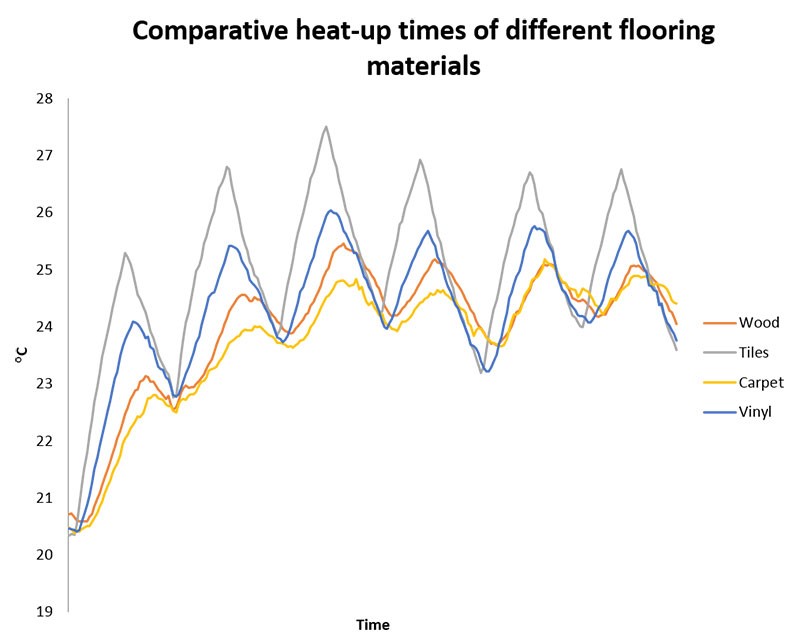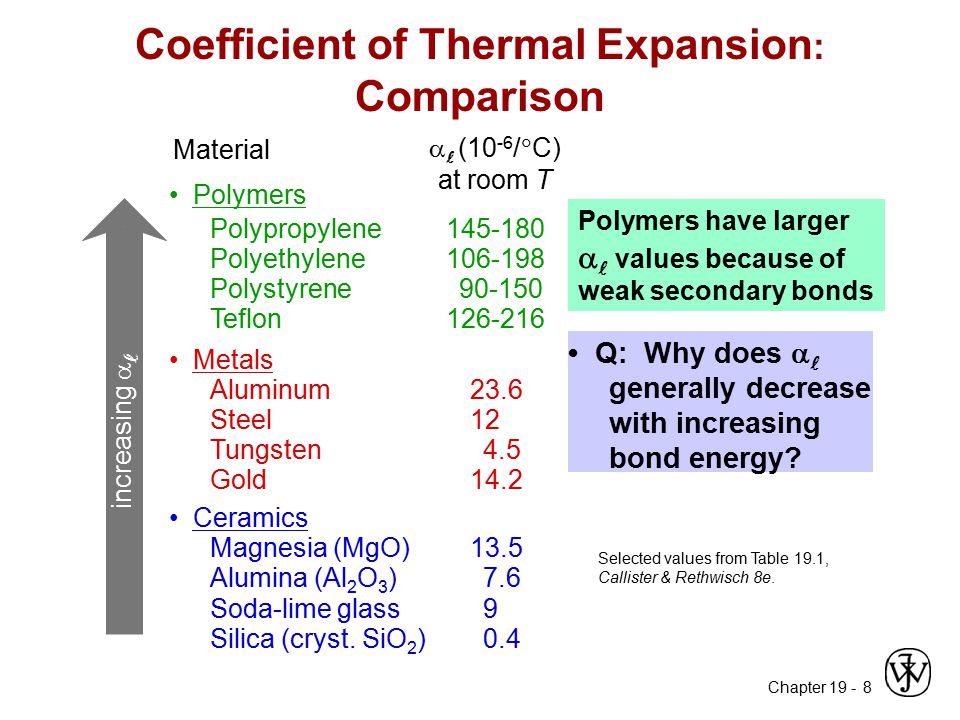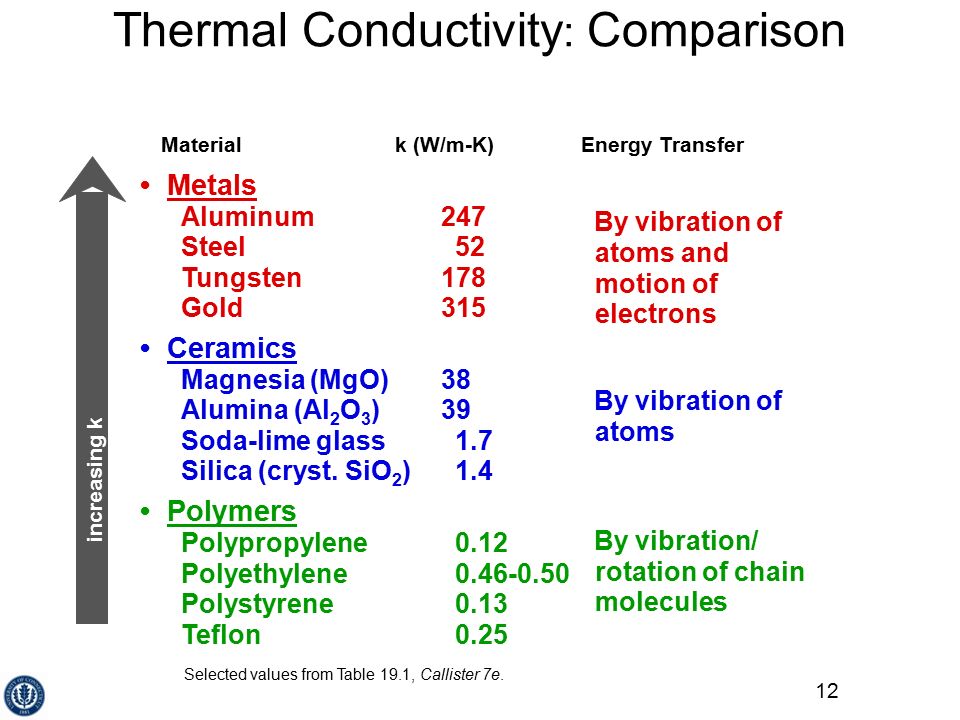Thermal Properties Of Ceramic Tiles

For instance if you compare ceramic tiles vs vitrified tiles the latter is known for its glossy look and less water absorption compared to ceramic tiles.
Thermal properties of ceramic tiles. To increase chemical resistant in ceramics silica should be added. The research of thermal properties in materials science is important because we can exploit the features or characteristics of that material as purpose to enhance human life. Thermal conductivity online converter. On heating ceramics expand this is generally known as thermal expansion.
Few tiles are suited for all types of installations. Ceramic tiles are available in various designs colors finishes which can be used to create unique walls. If a ceramic material is rapidly cooled its surface reaches the temperature of cooling environment and tends to contract thermal contraction. Ceramic tiles possess a wide range of properties and certain tiles are better suited for some installations than others.
Since the interior regions of the material are still hot thermal contraction of the skin surface is. Therefore heat transfer plays an utmost role in application of tile and marble such as floor wall or any decoration. Thermal expansion is due to conduction of heat. Ceramic tiles have been produced from spent pot liner after oxidizing the same at high temperature to remove fluoride and cyanide content and burning out carbon value to obtain a vitrified mass which was later mixed with glassformer like soda lime silica glass collect fly ash from utility boilers incinerated ash lime stone gypsum silica sand and nucleating agents like.
Steatite also known as soapstone or soaprock is a metamorphic rock a talc schist. Consequently precise knowledge of the properties is essential for. The heat resistant properties of fine ceramics are measured by the temperatures at which they begin to melt and by their levels of thermal shock resistance. Thermal shock resistance is an ability of material to withstand sharp changes in temperature.
Heat and thermal shock resistance. Every type of ceramic tile has a unique set of properties making them suitable for a specific kind of project. Ceramic tiles come with a lot of benefits that make it a widely used flooring material for different buildings. From this we know that ceramics conduct heat but withstand high temperature.
Acoustic and thermal performances of floating floor and or radiant floor can be improved by using ceramic tiles with tailored porosity and microstructure. Ceramic tiles are commonly used flooring material for all types of buildings such as residential commercial or public buildings. Properties of ceramic tile 2008 michael f. Thermal shock resistance refers to a material s ability to withstand rapid changes in temperature.


















